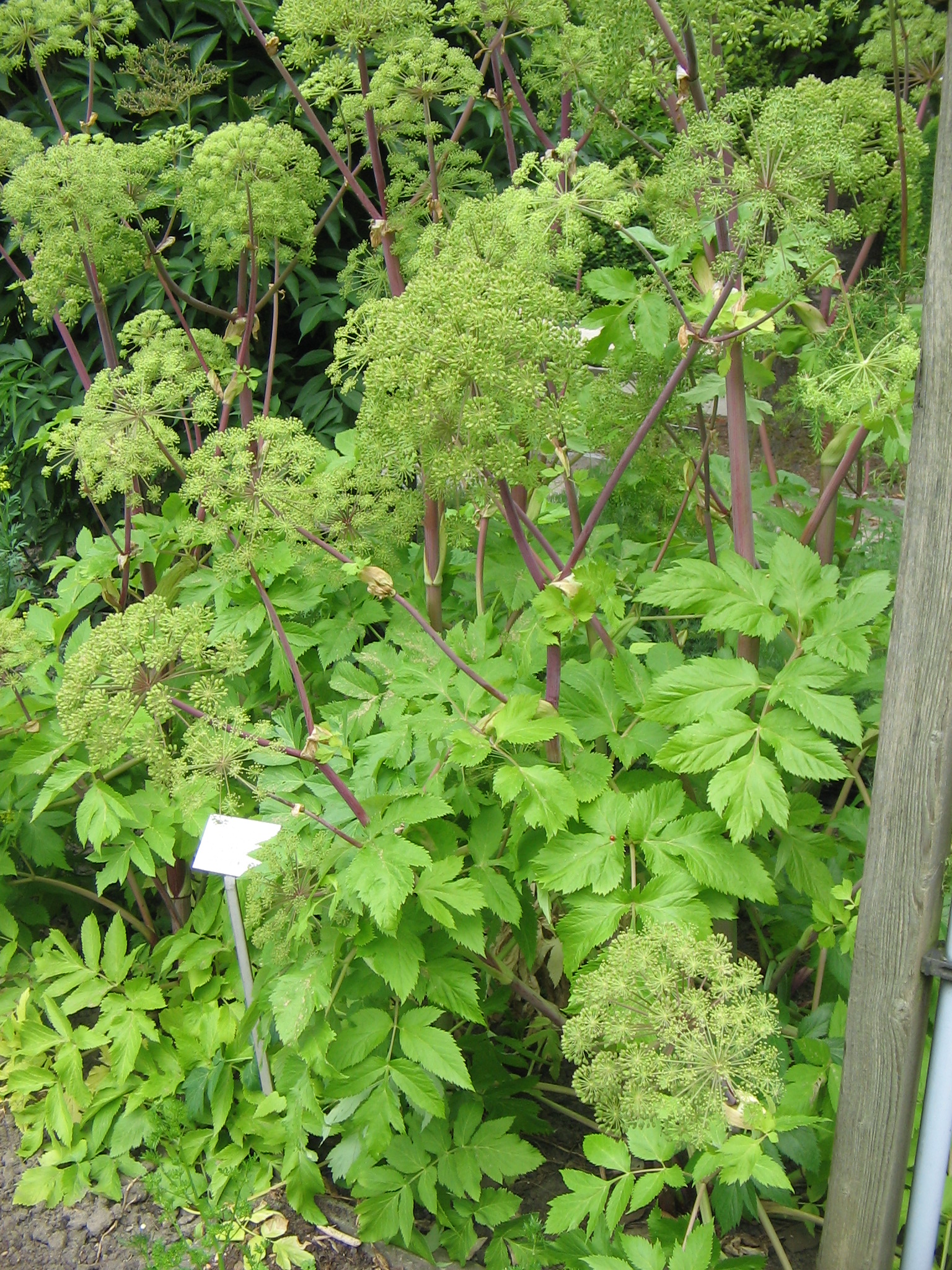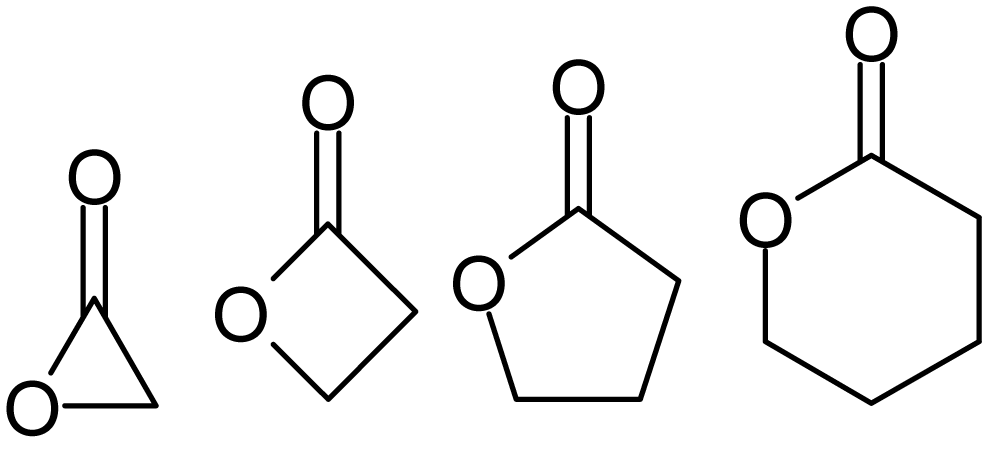|
Angelicin
Angelicin is the parent compound in a family of naturally occurring organic compounds known as the angular furanocoumarins. Structurally, it can be considered as benzapyra-2-one fused with a furan moiety in the 7,8-position. Angelicin is commonly found in certain Apiaceae and Fabaceae plant species such as '' Bituminaria bituminosa''. It has a skin permeability coefficient (Log''Kp'') of -2.46. The maximum absorption is observed at 300 nm. The 1HNMR spectrum is available; the infrared and mass spectra of angelicin can be found in thidatabase The sublimation of angelicin occurs at 120 °C and the pressure of 0.13 Pa. Angelicin is a coumarine. History and etymology Humans have used plants rich in angelicin for centuries. The earliest known record dates back to 3000 BC when ancient Egyptians applied the oil and sap of local '' Apiaceae'' species exposing their skin to sunlight to cure vitiligo. In meantime, tribes in India used '' Psoralea corylifolia'' which contain ... [...More Info...] [...Related Items...] OR: [Wikipedia] [Google] [Baidu] |
Psoralen
Psoralen (also called psoralene) is the parent compound in a family of naturally occurring organic compounds known as the linear furanocoumarins. It is structurally related to coumarin by the addition of a fused furan ring, and may be considered as a derivative of umbelliferone. Psoralen occurs naturally in the seeds of '' Psoralea corylifolia'', as well as in the common fig, celery, parsley, West Indian satinwood, and in all citrus fruits. It is widely used in PUVA (psoralen + UVA) treatment for psoriasis, eczema, vitiligo, and cutaneous T-cell lymphoma; these applications are typically through the use of medications such as Methoxsalen. Many furanocoumarins are extremely toxic to fish, and some are deposited in streams in Indonesia to catch fish. Uses Psoralen is a mutagen, and is used for this purpose in molecular biology research. Psoralen intercalates into DNA and on exposure to ultraviolet (UVA) radiation can form monoadducts and covalent interstrand cross-links ... [...More Info...] [...Related Items...] OR: [Wikipedia] [Google] [Baidu] |
Angelica Archangelica
''Angelica archangelica'', commonly known as garden angelica, wild celery, and Norwegian angelica, is a biennial plant from the family Apiaceae, a subspecies of which is cultivated for its sweetly scented edible stems and roots. Like several other species in Apiaceae, its appearance is similar to several poisonous species ('' Conium'', '' Heracleum'', and others), and should not be consumed unless it has been identified with absolute certainty. Synonyms include ''Archangelica officinalis'' Hoffm. and ''Angelica officinalis'' Moench. Description and distribution During its first year, it grows only leaves, but during its second year, its fluted stem can reach a height of 2.5 meters (just over 8 feet), and the root is used in flavoring preparations. Its leaves consist of numerous small leaflets divided into three principal groups, each of which is again subdivided into three lesser groups. The edges of the leaflets are finely toothed or serrated. The flowers, which blossom in Ju ... [...More Info...] [...Related Items...] OR: [Wikipedia] [Google] [Baidu] |
Umbelliferone Formation
Umbelliferone, also known as 7-hydroxycoumarin, hydrangine, skimmetine, and ''beta''-umbelliferone, is a natural product of the coumarin family. It absorbs ultraviolet light strongly at several wavelengths. There are some indications that this chemical is antimutagenic, it is used in sunscreens. Umbelliferone has been reported to have antioxidant properties. It is a yellowish-white crystalline solid that has a slight solubility in hot water, but high solubility in ethanol. Natural occurrences and name Umbelliferone's name is from the umbelliferae family of plants, and the plant family in turn was named for their umbrella-shaped inflorescences, each called an umbel. Umbelliferone occurs in many familiar plants from the Apiaceae (Umbelliferae) family such as carrot, coriander and garden angelica, as well as in plants from other families, such as the mouse-ear hawkweed (''Hieracium pilosella'', Asteraceae) or the bigleaf hydrangea (''Hydrangea macrophylla'', Hydrangeaceae, under ... [...More Info...] [...Related Items...] OR: [Wikipedia] [Google] [Baidu] |
Umbelliferone
Umbelliferone, also known as 7-hydroxycoumarin, hydrangine, skimmetine, and ''beta''-umbelliferone, is a natural product of the coumarin family. It absorbs ultraviolet light strongly at several wavelengths. There are some indications that this chemical is antimutagenic, it is used in sunscreens. Umbelliferone has been reported to have antioxidant properties. It is a yellowish-white crystalline solid that has a slight solubility in hot water, but high solubility in ethanol. Natural occurrences and name Umbelliferone's name is from the umbelliferae family of plants, and the plant family in turn was named for their umbrella-shaped inflorescences, each called an umbel. Umbelliferone occurs in many familiar plants from the Apiaceae (Umbelliferae) family such as carrot, coriander and garden angelica, as well as in plants from other families, such as the mouse-ear hawkweed (''Hieracium pilosella'', Asteraceae) or the bigleaf hydrangea ('' Hydrangea macrophylla'', Hydrangea ... [...More Info...] [...Related Items...] OR: [Wikipedia] [Google] [Baidu] |
Psoralea Corylifolia
''Psoralea corylifolia'' (Babchi) is a plant used in Indian and Chinese traditional medicine. The seeds of this plant contain a variety of coumarins, including psoralen. Etymology ''Psoralea'' is from the Greek ''psoraleos'' meaning 'scabby', and refers to small glands covering the plant. ''Corylifolia'' comes from similarity of the leaves to those of Corylus, a genus of tree in northern world regions, such as Sweden. Description ''Psoralea corylifolia'' grows 50–90 cm tall and is an annual plant. It has pale-purple flowers in short, condensed, axillary spikes. Its corolla is pale purple. Flowers one-seeded fruits. The most distinctive feature is the occurrence of minute brown glands which are immersed in surface tissue on all parts of the plant, giving it a distinctive and pleasant fragrance. Habitat and distribution ''P. corylifolia'' is native to India and Sri Lanka, and was occasionally cultivated in Arabia for its supposed medicinal properties. Chemical constit ... [...More Info...] [...Related Items...] OR: [Wikipedia] [Google] [Baidu] |
Furanocoumarin
The furanocoumarins, or furocoumarins, are a class of organic chemical compounds produced by a variety of plants. Most of the plant species found to contain furanocoumarins belong to a handful of plant families. The families Apiaceae and Rutaceae include the largest numbers of plant species that contain furanocoumarins. The families Moraceae and Fabaceae include a few widely distributed plant species that contain furanocoumarins. Generally furanocoumarins are most abundant in plants that have flowered and in ripe seeds and fruits. (An exception is the common fig where furanocoumarins are found chiefly in the milky sap of the leaves and shoots but not the fruits. Cited in McGovern and Barkley 2000, section&nbsPhytophotodermatitis) During the early stages of plant growth, their presence is not easily detected. Structure The chemical structure of furanocoumarins consists of a furan ring fused with a coumarin. The furan ring may be fused in various ways producing several diff ... [...More Info...] [...Related Items...] OR: [Wikipedia] [Google] [Baidu] |
Bituminaria Bituminosa
''Bituminaria bituminosa'', the Arabian pea or pitch trefoil, is a perennial Mediterranean herb species in the genus '' Bituminaria''. The pterocarpans bitucarpin A and B can be isolated from the aerial parts of ''B. bituminosa''. It has several potential uses: (i) forage crop, (ii) Phytostabilization of heavy metal contaminated or degraded soils, (iii) Synthesis of furanocoumarins (psoralen, angelicin, xanthotoxin and bergapten), compounds of broad pharmaceutical interest. It is easily recognizable by the characteristic smell of bitumen from its leaves. This strong tar-like characteristic aroma appears to be the result of a combination of several substances such as phenolics, sulphurated compounds, sesquiterpenes and probably short-chain hydrocarbon. Total polyphenols content was < 2% and the s was <0.8% in a dry weight basis. < ... [...More Info...] [...Related Items...] OR: [Wikipedia] [Google] [Baidu] |
Citric Acid Cycle
The citric acid cycle (CAC)—also known as the Krebs cycle or the TCA cycle (tricarboxylic acid cycle)—is a series of chemical reactions to release stored energy through the oxidation of acetyl-CoA derived from carbohydrates, fats, and proteins. The Krebs cycle is used by organisms that respire (as opposed to organisms that ferment) to generate energy, either by anaerobic respiration or aerobic respiration. In addition, the cycle provides precursors of certain amino acids, as well as the reducing agent NADH, that are used in numerous other reactions. Its central importance to many biochemical pathways suggests that it was one of the earliest components of metabolism and may have originated abiogenically. Even though it is branded as a 'cycle', it is not necessary for metabolites to follow only one specific route; at least three alternative segments of the citric acid cycle have been recognized. The name of this metabolic pathway is derived from the citric acid (a ... [...More Info...] [...Related Items...] OR: [Wikipedia] [Google] [Baidu] |
Arene Substitution Pattern
Arene substitution patterns are part of organic chemistry IUPAC nomenclature and pinpoint the position of substituents other than hydrogen in relation to each other on an aromatic hydrocarbon. ''Ortho'', ''meta'', and ''para'' substitution * In ''ortho''-substitution, two substituents occupy positions next to each other, which may be numbered 1 and 2. In the diagram, these positions are marked R and ''ortho''. * In ''meta''-substitution the substituents occupy positions 1 and 3 (corresponding to R and ''meta'' in the diagram). * In ''para''-substitution, the substituents occupy the opposite ends (positions 1 and 4, corresponding to R and ''para'' in the diagram). The toluidines serve as an example for these three types of substitution. Synthesis Electron donating groups, for example amino, hydroxyl, alkyl, and phenyl groups tend to be ''ortho''/''para''-directors, and electron withdrawing groups such as nitro, nitrile, and ketone groups, tend to be ''meta''-directors. Proper ... [...More Info...] [...Related Items...] OR: [Wikipedia] [Google] [Baidu] |
Lactone
Lactones are cyclic carboxylic esters, containing a 1-oxacycloalkan-2-one structure (), or analogues having unsaturation or heteroatoms replacing one or more carbon atoms of the ring. Lactones are formed by intramolecular esterification of the corresponding hydroxycarboxylic acids, which takes place spontaneously when the ring that is formed is five- or six-membered. Lactones with three- or four-membered rings (α-lactones and β-lactones) are very reactive, making their isolation difficult. Special methods are normally required for the laboratory synthesis of small-ring lactones as well as those that contain rings larger than six-membered. Nomenclature Lactones are usually named according to the precursor acid molecule (''aceto'' = 2 carbon atoms, ''propio'' = 3, ''butyro'' = 4, ''valero'' = 5, ''capro'' = 6, etc.), with a ''-lactone'' suffix and a Greek letter prefix that specifies the number of carbon atoms in the heterocycle — that is, the distance between the relevant -OH ... [...More Info...] [...Related Items...] OR: [Wikipedia] [Google] [Baidu] |
Formation Of Angelicin From Umbelliferone
Formation may refer to: Linguistics * Back-formation, the process of creating a new lexeme by removing or affixes * Word formation, the creation of a new word by adding affixes Mathematics and science * Cave formation or speleothem, a secondary mineral deposit formed in a cave * Class formation, a topological group acting on a module satisfying certain conditions * Formation (group theory), a class of groups that is closed under some operations * Formation constant, an equilibrium constant for the formation of a complex in solution * Formation enthalpy, standard heat of formation of a compound * Formation (group theory), a class of groups * Formation (geology), a formally named rock stratum or geological unit * Formation of rocks, how rocks are formed * Formation and evolution of the Solar System, history of the Solar System * Rock formation, an isolated, scenic, or spectacular surface rock outcrop * Vegetation formation, a concept used to classify vegetation communities Milit ... [...More Info...] [...Related Items...] OR: [Wikipedia] [Google] [Baidu] |




